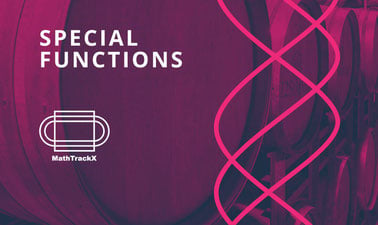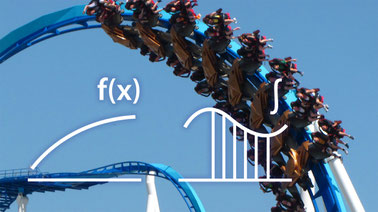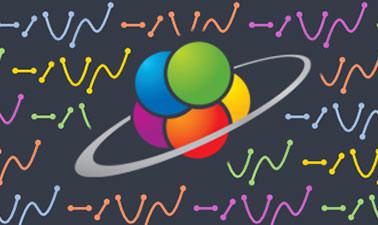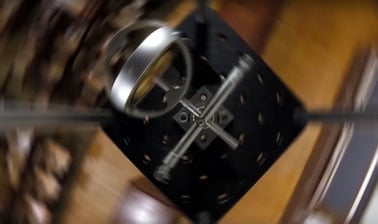The online fraction simulations on this page will help you better understand the very concept of fractions, their mathematical operations and mixed numbers.
Fractions are a fundamental part of mathematics. They are used to represent numbers that are not whole numbers, allowing to express relationships of parts of a whole. A fraction consists of two parts: the numerator and the denominator. The numerator indicates the number of parts that are taken or considered, while the denominator indicates how many parts the whole is divided into. For example, in the fraction 3/4, the numerator is 3 and the denominator is 4.
Fractions can be represented in different ways. In addition to the common fraction notation, they can be expressed in decimal or percent form. For example, the fraction 1/2 is equal to 0.5 in decimal form and 50% in percent form.
Fractions allow you to perform mathematical operations such as addition, subtraction, multiplication and division. To add or subtract fractions, it is necessary to have the same denominator. If the denominators are different, common denominators must be found using the least common multiple (LCM) technique. To multiply fractions, multiply the numerators together and the denominators together. To divide fractions, multiply the first fraction by the inverse of the second fraction.
Mixed numbers are a combination of whole numbers and fractions. They are composed of a whole part and a fraction. For example, the mixed number 3 1/2 is composed of the whole number 3 and the fraction 1/2.
Fractions have various applications in everyday life. For example, they are used in cooking to measure ingredients in recipes, in commerce to calculate discounts and percentages, and in construction to estimate lengths and areas. They are also used in problems of proportion, probability and statistics.
It is important to understand the concept of fractions and their mathematical manipulation to have a solid foundation in mathematics. Knowing the basic operations with fractions can make work easier and help solve more complex mathematical problems.
Try the online fraction simulations presented on this page. You will see that besides being useful to learn how to handle this important mathematical concept, it is also fun, so don’t miss them!
Explore the exciting STEM world with our free, online simulations and accompanying companion courses! With them you'll be able to experience and learn hands-on. Take this opportunity to immerse yourself in virtual experiences while advancing your education - awaken your scientific curiosity and discover all that the STEM world has to offer!
- Intro
- Builder
- Mixed
- Matcher
- Equality
Introduction
This simulation allows you to select among several functions and represent their derivative. It is possible to check how the derivative is modified by varying the parameters of the functions.
File
Build a fraction
Build fractions from graphs and numbers to earn stars in this fraction game or explore in the Fractions Laboratory. Test yourself on any level you want – try to collect as many stars as you can!
File
Mixed numbers
Explore fractions while serving yourself 1 and 1/2 cups of chocolate cake and drinking it with 1/3 cup of water! Create your own fractions using fun interactive objects. Match shapes and numbers to earn stars in the mixed numbers game. Try your hand at any level you like – try to collect as many stars as possible!
File
Fraction Matcher
Match shapes and numbers to earn stars in this fraction game. Test yourself at any level you like – try to collect lots of stars!
File
Equality of fractions
Build equivalent fractions with different denominators. Match shapes and numbers to earn stars in the game. Test yourself on any level you like – try to collect lots of stars!
File
Mathematics courses


MathTrackX: Special Functions



How to Learn Math: For Students



Pre-University Calculus



Polynomials, Functions and Graphs



Linear Algebra IV: Orthogonality & Symmetric Matrices and the SVD



Linear Algebra III: Determinants and Eigenvalues



Linear Algebra II: Matrix Algebra



Linear Algebra I: Linear Equations

Other courses


Antarctica in a Changing Climate



Fat Chance: Probability from the Ground Up



Entropy and Equilibria



Sensing Planet Earth – Water and Ice



General Chemistry I: Atoms, Molecules, and Bonding



The Radio Sky II: Observational Radio Astronomy



Quantum Mechanics of Molecular Structures



Cavity Quantum Optomechanics
















